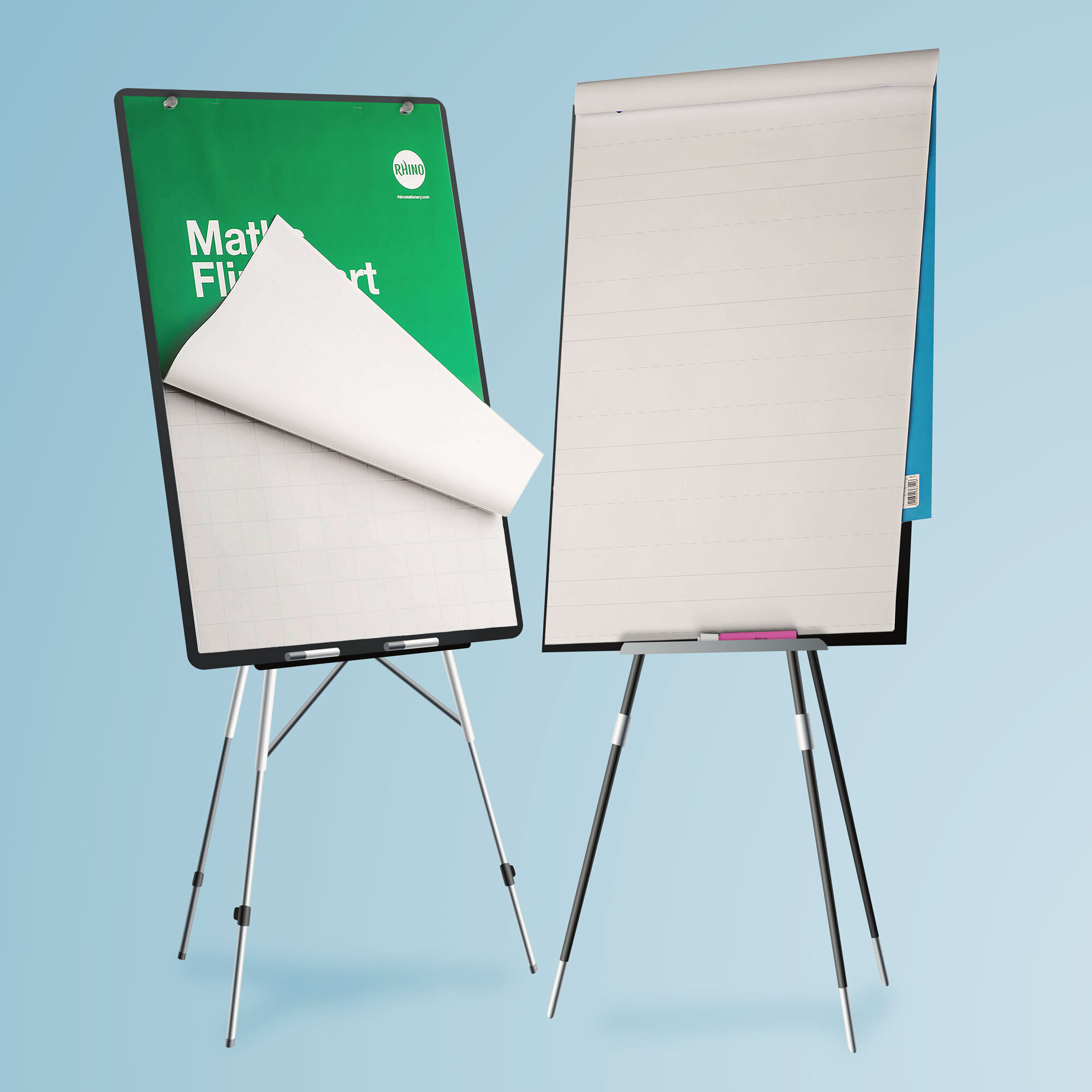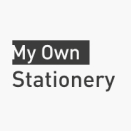
The How-To Series: Issue 2 Flip Charts
The simple flip chart remains a stalwart of modern education despite the ever-increasing plethora of digital tools available to teachers. A cost-effective, tried-and-tested way to engage children in the classroom, it seems the modest flip chart is still making its mark on modern educational practice. In this blog, we’ll be taking a closer look at the both the benefits of using flip charts, and the best ways to use them to meet your teaching goals.
The benefits of A1 flip charts
Available in a range of paper types and rulings for different lessons, our A1 flip charts are masters of collaboration and pack a wealth of other benefits too:
- Interactivity and engagement: Pupils are able to participate actively by writing or drawing on the flip chart along with you, boosting their learning experience and engagement in the lesson at hand.
- Visual learning: Flip charts are fantastic for visual learners including neurodiverse students. Colours, bold lettering and images can all be used to full effect, emphasising key points and making information more memorable and accessible to all students.
- Budget-friendly: Compared to most educational software, flip charts are incredibly cost-effective. What’s more, they don’t require any special technical skills to use and can be easily stored for future use.
- Adaptable and flexible: Flip charts are easily moved around the room to suit lesson needs and can even be used within smaller breakout groups.
- Display and reinforcement of learning: Once used in a lesson, pages from flip charts can be displayed around the classroom to help reinforce key concepts and learnings. Visual reminders dotted around the classroom help pupils to review and recall material more effectively.
- Capturing feedback and ideas: Flip charts are a great way to make a record of comments and ideas from the class, facilitating group discussion and acting as a reminder of what’s been discussed.
- Simple and effective: While all the bells and whistles of high-tech solutions may distract the class, flip charts serve as a simple aid allowing the focus to remain on the teacher and the lesson itself.
- Robust and fit-for-purpose: RHINO flip charts are crafted with high-quality paper sourced from sustainable forests, meaning they’re robust enough to survive the wear and tear of a typical classroom. While some cheaper alternatives might fall apart at the seams or not endure the move from easel to classroom wall, our flip charts are backed by our Lifetime Warranty to give you peace of mind and a guarantee of quality you can trust.
Our Top Tips for Using Flip Charts in the Classroom
Promote collaboration, discussion and engagement in your classroom with our top tips for using flip charts effectively in lessons:
Choose the right paper for your lesson
There’s no need to stick to a standard A1 plain flip chart! You’ll make your lesson content more effective using a paper type that’s tailored to the subject your teaching. At RHINO we offer an extensive range of flip charts including:
- Dotted: Ideal for flow charts, graphs and mind maps
- Squared: Perfect for maths and science lessons
- Music: Ruled with a music manuscript 5 stave to teach music flexibly and effectively
- Numeracy: 50mm squared ruling that’s particularly suited to teaching numeracy and basic arithmetic in primary schools
- Literacy: With handwriting ruling to support teaching handwriting in primary schools
- Plain: A flexible teaching tool with a multitude of uses

Make full use of colour and diagrams
Enhance your lesson content by using different colours to emphasise key points and keep it engaging and eye-catching. Add plenty of diagrams and illustrations to explain concepts visually. This strategy will make your lesson content more engaging for all learners, but it’s particularly effective for the visual learners in your class. Neurodivergent pupils often benefit from more visual types of learning.
Maximise student participation
It’s always good practice to fully involve students in lessons. Invite your students to contribute directly to lessons by writing on the flip chart themselves. This could be answers to a question, feedback on a particular topic, or a mind map of ideas – whatever it is, students will be more fully engaged in the lesson, boosting discussion and encouraging quieter pupils to contribute too.
Boost learning and review
Learning doesn’t have to end when the lessons do! Keep the sheets you produce in class to display around the classroom or hallway – they’ll act as visual reminders to students, helping to reinforce learning and allowing students to connect ideas over time. You could also hold a quick review at the end of each lesson, using the flip chart to record students’ key takeaways from the learning material that day.
Be as creative as you like
The incredibly flexible nature of flip charts lends itself to creative and imaginative lessons. There’s no need to feel constrained when it comes to how you teach your lessons. If you struggle to think creatively in the moment, take time to plan your lessons in advance using each sheet of the flip chart to outline different lesson blocks and how you’ll teach those concepts. Make use of different stationery like sticky notes and paint pens to bring your lessons to life.
We hope we’ve inspired you with our tips and tricks for using flip charts in the classroom. Check back next week for more from our How-To series.

 Rhino Stationery
Rhino Stationery
 My Own Stationery
My Own Stationery
 Aisling Stationery
Aisling Stationery
 Amazon.co.uk
Amazon.co.uk